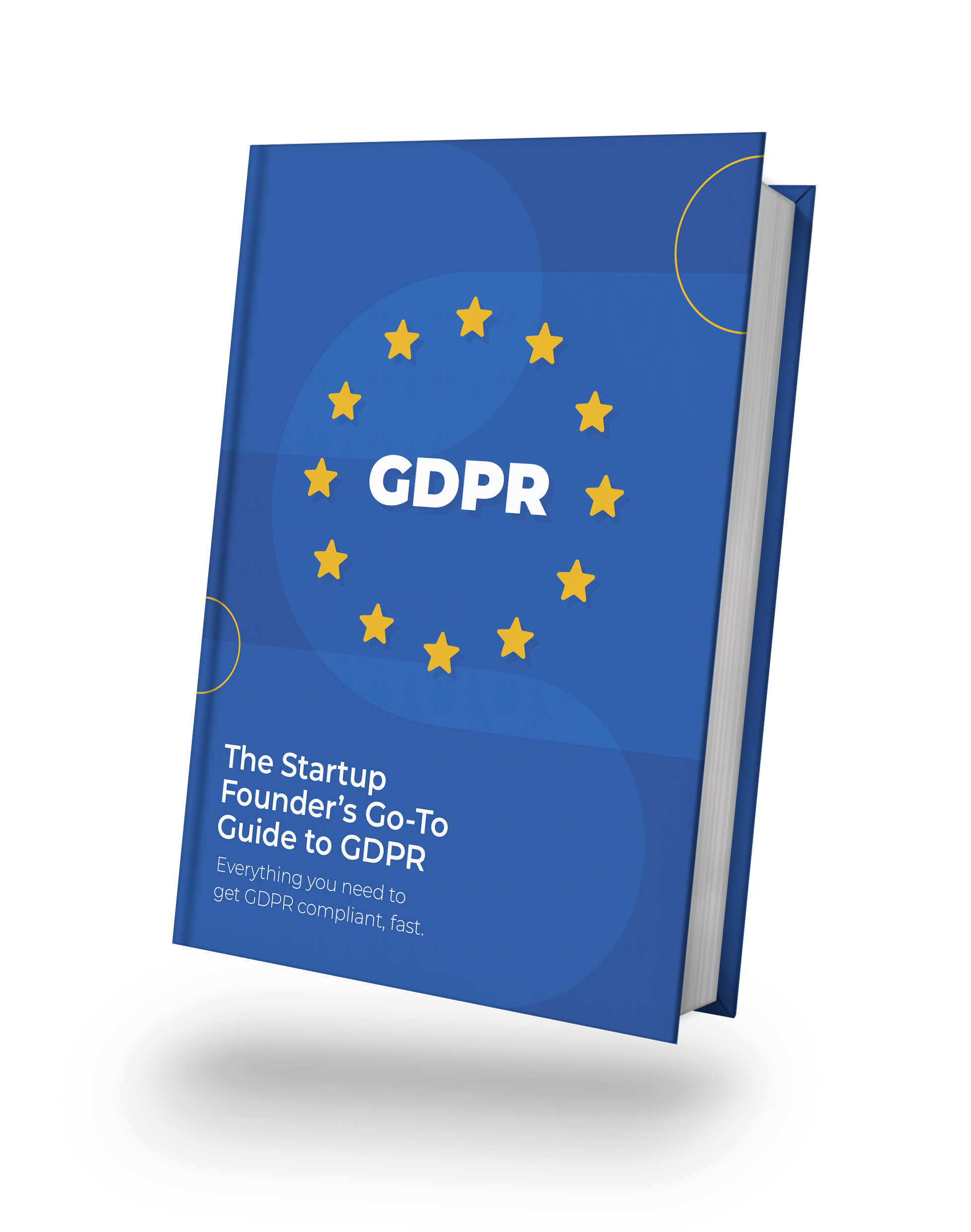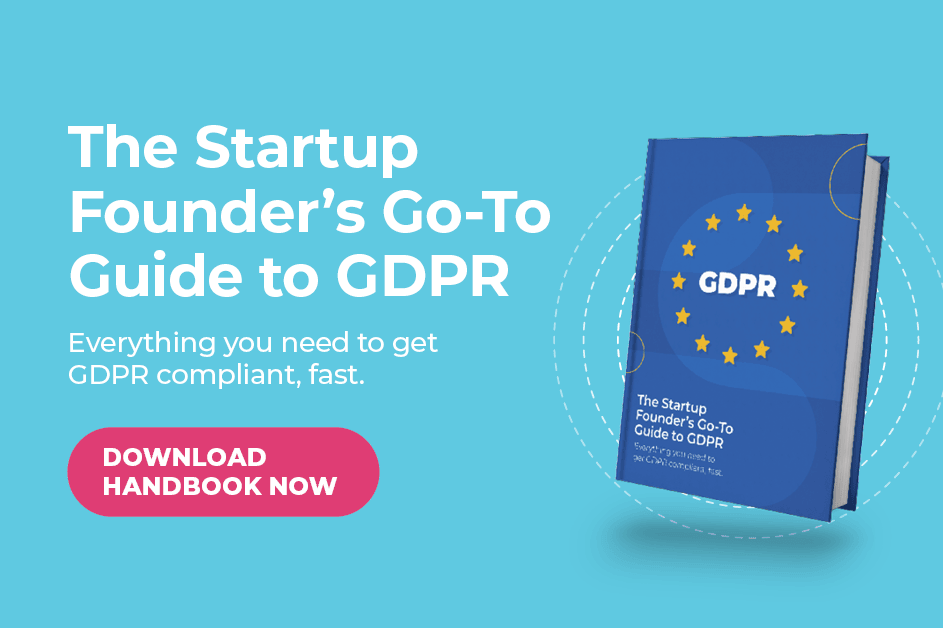‘Vendor Risk Management’ is more than just a buzzword in the information security and compliance landscape. It’s a crucial aspect that can make or break your organization’s security. Consider this: 98% of organizations have had vendor relationships with at least one-third party experiencing a breach in the last two years. This statistic underscores the importance of security controls and effective vendor risk management.
However, what it doesn’t quite emulate is that vendor risk management isn’t just a quick box to tick off your infosec to-do list. In fact, it’s a continuous practice that should be knitted into the very fabric of your organizational DNA. But as with all things, doing it right requires some time, the right tools and compliance experts by your side. That’s us, by the way!
Understanding Vendor Risk Management
Running a modern-day business is almost impossible without collaborating with third-party vendors. Whether it’s to reduce costs or create more streamlined business processes – organizations often have an array of vendors connected to their company. However, this doesn’t come without its fair share of risk. Your organization may be exposed to new vulnerabilities with each third-party vendor partnership. How? Vendors often come into contact with confidential data, meaning that if their security controls aren’t up to par, you’re exposed to them, too.
But what does this mean in terms of compliance? In the event of a data breach or security incident, it’s imperative that organizations understand their responsibility and the role they play concerning vendor risk management.
Simply put, if any personally identifiable information (PII) or other sensitive data of your customers is compromised through your vendor network, your organization could face legal penalties, financial losses, and reputational damage, depending on the specific compliance frameworks applicable (e.g., GDPR, HIPAA). That being said, it’s up to each organization to do due diligence and continually monitor and gauge third-party risk.

Critical Components of Vendor Risk Management
Before we get into the nitty-gritty of vendor risk management best practices, it’s essential that we look at some of the critical components of vendor risk management and what organizations should consider when outlining a vendor risk management strategy. Your strategy should focus on the following key points:
- Identify and document the type of data being shared with each vendor
- Identify how the data is being shared
- Evaluate which access settings and who has access to data
- Verify and regularly audit where the data is stored
- Confirm the auditing frequency of the third-party vendor
Regardless of the best practices your organization decides to implement, knowing the above components should be standard practice within any vendor relationship before, during and after the partnership.
What Are The Specific Vendor Risks?
Have you ever wondered about the specific risks that third-party vendors can pose to your organization’s security? The conversation around ‘third-party vendor risks’ often feels broad, but when it comes to identifying and mitigating these risks, it’s the smallest details that can have the biggest impact. So, let’s delve into the most evident risks a third-party vendor can bring to the table.
Cybersecurity Risks
This requires a thorough evaluation of your vendors’ cybersecurity posture. To do this, organizations must first establish their own risk threshold and what they constitute as ‘acceptable risk levels.’ To accurately evaluate a vendor’s cybersecurity posture, organizations must identify and flag any compromised systems within vendor network environments using tools with continuous monitoring capabilities, which will provide valuable insight into how vendors identify and contain attacks. Moreover, gathering information on these compromises’ frequency, nature, and severity can help inform decisions regarding vendor relationships and whether to continue, alter or terminate them.
Information Security Risk
An information security risk refers to any ransom, malware, data breaches, or cyber events that occur due to a vendor’s unsecured servers or devices—often due to unauthorized access. Additionally, these risks can easily be attributed to ineffective cybersecurity controls. When mitigating this specific risk, organizations must limit access to any sensitive business information, including customers’ personally identifiable information.
Compliance Risk
Compliance risk is a crucial aspect of managing your external vendors. In simple terms, it’s the risk of breaking the rules. Every industry and business has its own set of regulations that they must follow. For instance, if you’re in the healthcare industry and subject to HIPAA compliance, you must have Business Associate Agreements (BAA contracts) with all vendors who handle PHI. Failing to comply with these regulations can lead to serious consequences for your business.
Operational Risk
Not only is it important to consider whether or not vendors are susceptible to data threats or security breaches, but also how they respond to a security incident. This is critical, as it directly impacts your day-to-day operations. Suppose there is a shutdown of vendor processes; how would it impact your business, and could it lead to potential downtime? To limit operational risk, it’s important that you create a business continuity plan so that, in the event of a vendor shutdown, you are able to remain operational.
Needless to say, there’s a lot to keep in mind. And unfortunately, the threat landscape doesn’t wait for anyone to play compliance catch-up. Here’s how to protect yourself!
Best Practices for Effective Vendor Risk Management
You (and your vendors) may be compliant today, but tomorrow? Different story. Keeping tabs on the changing security landscape as well as the security posture of each individual vendor is a near-impossible task to take on alone. Unfortunately, it is an active threat landscape, and ‘taking their word for it’ won’t suffice. Organizations are expected to perform continuous due diligence concerning risk assessment for vendor management. But how can you tackle it without draining your resources? Here’s our recommended list of best practices for third-party vendor management security.
Create a Vendor Inventory
As your vendor list starts to increase, keeping a finger on the pulse of your vendor risk can become increasingly challenging. This is where vendor inventories become exceptionally helpful. Without an inventory of your third-party relationships, organizations cannot accurately measure the level of risk vendors introduce. This may seem insignificant in the larger scheme of things, but keeping inventory of your vendors is the first (and most important) step to creating a third-party risk management (TPRM) program. Why is this important? Well, often, companies that think they have a dozen or so end up discovering they actually have hundreds of third-party relationships. This inventory should stand as a system of record with contract details and contact information of all third parties that partner with your business, and be reviewed and updated at least annually.
Establish a Risk Management Framework
At Scytale, we’re always rooting for implementing a robust framework, especially when it comes to what’s considered best practice in risk management. A risk management framework provides businesses with a structured approach to identifying, assessing and mitigating vendor risks. It’s a comprehensive process which ultimately consists of five key steps: identifying risks, analyzing their impact, evaluating mitigation strategies, implementing controls, and continuously monitoring their effectiveness. Additionally, an RMF also ensures that everyone in the organization understands the precise roles and responsibilities for managing said risks – allowing nothing to slip through the cracks due to complacency or ignorance. Finally, a proper risk management framework keeps tabs on vendors by incorporating ongoing monitoring and reporting controls to ensure adherence to regulatory requirements and industry standards. Think of it as your blueprint for due diligence.
Foster Good Relationships with Your Vendors
Ultimately, your vendor relationships should be mutually beneficial, working together towards stronger security postures. To do this, there must be honest and open lines of communication. Be sure to engage in regular communication with your vendors to help ensure all parties understand what is expected of them. A good relationship also provides more opportunities to discuss any issues that may arise. This communication should include regular check-ins, updates on compliance requirements, and reporting on potential security incidents, creating a culture of risk awareness. Doing this also encourages all external parties and internal stakeholders to play an active part in your security and to voice potential issues, concerns or red flags.
Vendor Selection and Due Diligence
When managing your third-party risk, a lot of the risk management strategy has to do with vendor selection and due diligence. Naturally, as your business expands, so does the need for external vendors. It is crucial to recognize that not all vendors meet the same standards of security and compliance, and selecting the right one for your organization requires careful consideration in terms of the onboarding process, the specific services, your budget and the amount of data that will be accessed by the third party. For starters, your vendor selection will depend on your due diligence approach. Generally, organizations tend to start off by managing their risk in-house, but at what cost?
- In-house Vendor Due Diligence
This approach can be regarded as your DIY take on due diligence. It may be more affordable, but it still costs you your most significant resources—people and capacity. Moreover, it doesn’t successfully mitigate all vulnerabilities and threats. These challenges are by no means a reflection of your staff or efforts but ultimately purely a product of disparate, manual tools (like spreadsheets). Due to this, many organizations prefer onboarding an automated third-party risk management platform to help ensure due diligence. By implementing a third-party risk management solution, organizations can not only automate the data and evidence collection process, but they can ensure that it’s as effortless as possible for vendors to respond to security assessment questionnaires.
GET COMPLIANT 90% FASTER WITH AUTOMATION
Effortless Vendor Risk Management with Scytale
At the end of the day, regardless of whether or not you have the right blueprint or the most robust framework, it all comes down to consistently and continuously monitoring third-party risk and implementing the right tools to streamline vendor risk management without compromising on security. Fortunately, you’re in the right place.
At Scytale, we specialize in one thing—and we excel at it: security compliance. Our comprehensive vendor risk management solution is designed to empower your team to scale your business without unnecessary risks or compliance issues. Moreover, it provides brilliantly uncomplicated solutions to even the most complex security challenges without compromising on your time (or budget).
For your vendor risk management to be truly effective, it must become part of your compliance and security culture. Fortunately, you don’t have to carry the administrative weight alone. That’s why we’re here.










